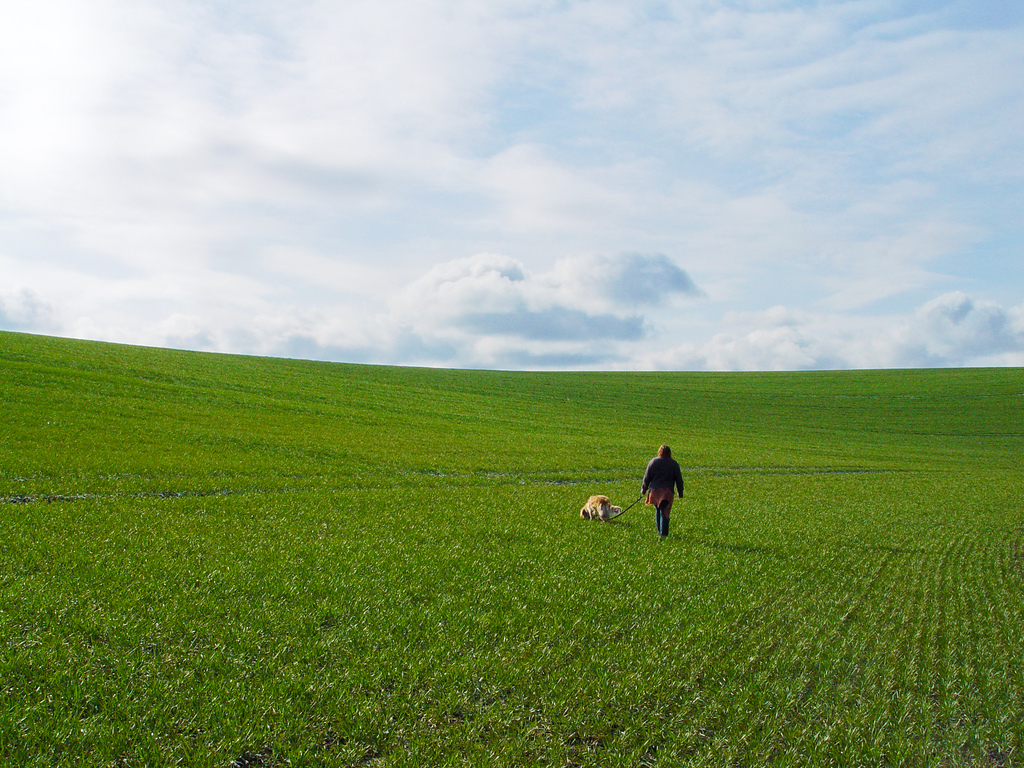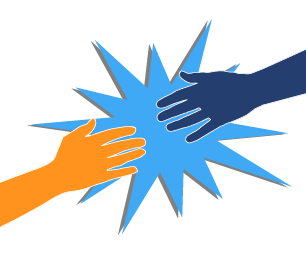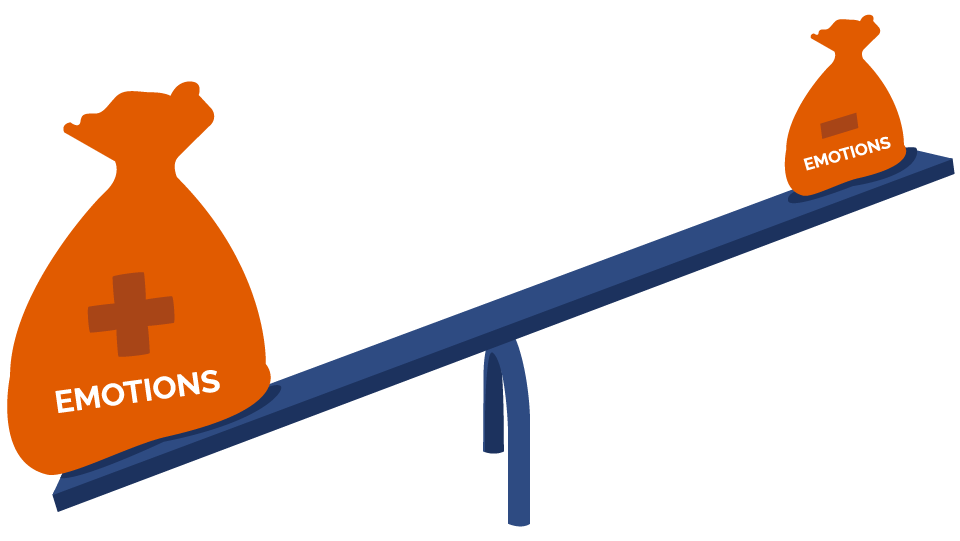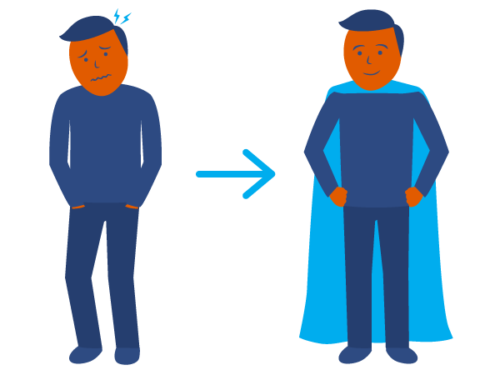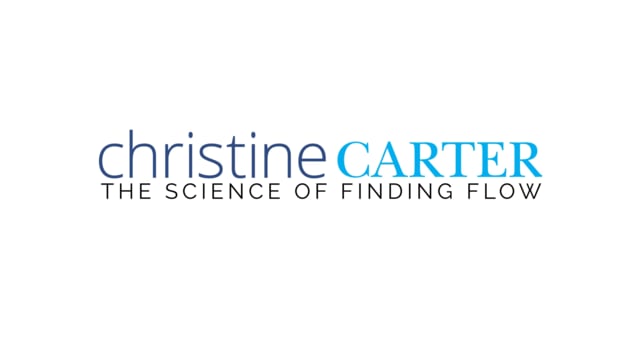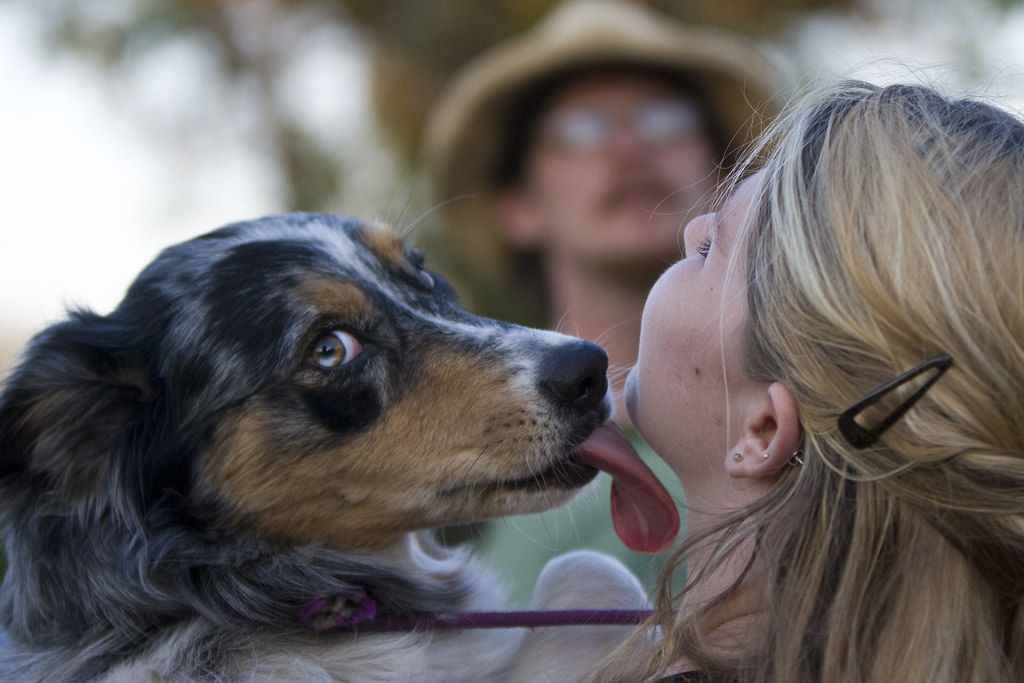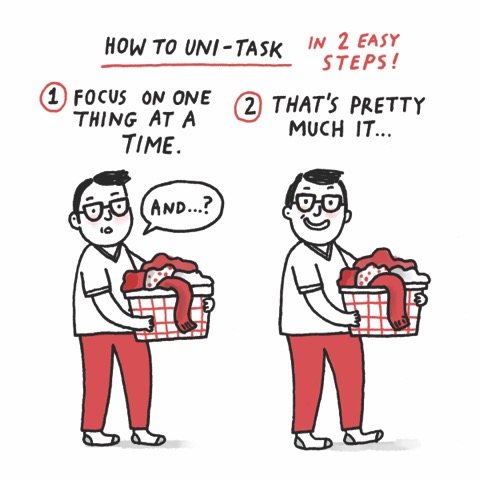This post is from a series about how to focus from my online course, the Science of Finding Flow.
Several years ago, I devised a system for quickly getting into the “zone” while I wrote (it is detailed later in this unit). Free from distractions and interruptions, I wrote quickly, joyfully, and with surprisingly little effort.
But then we moved, and my husband and I both worked mostly from home for 18 months. It was the least productive 18 months of my life. Although we worked in separate rooms, at opposite ends of the house, he was forever interrupting me, jarring me out of that coveted state of flow. He’d saunter into my office to use my recycling bin (not because that was the closest one, mind you), and even if my attention was clearly fixed on my work, he’d put his face right in front of my computer screen and lean in for a smooch.
I recognize how sweet this is. And I am super grateful to have such a loving and affectionate husband. And I appreciate being able to work from home, because it allows me more time with both my husband and my children (who also interrupt me constantly once they are home from school).
By 4:00 pm, each interruption was causing me so much irritation it sometimes bordered on rage. Even when the person interrupting me was a considerate and whispering middle-schooler needing homework help, or a loving husband who wanted to shower me with affection, I felt frustrated and snappish.
Was I overreacting? Perhaps I could have tried harder to keep my irritation in check, but research gives me some good grounds for it. In fact, studies have found that being interrupted isn’t just a nuisance; it’s costly and problematic.
Here are three, sometimes hidden, costs to interruptions:
1. They cost us a lot of time.
On average, interruptions take 23 minutes and 15 seconds to recover from—even if the distraction is only for a minute!
For example, say I’m uber-focused, but then my hubby (or perhaps your co-worker) comes in for a minute or two to chit-chat about dinner plans (or prepare for an upcoming meeting). Or you get an IM from your manager asking about something that happened yesterday. Before we turn our attention back to our work, we might decide to take a quick peek at our email, and while we’re doing that, notice that we’ve missed a call and three texts. If we answer just a few of these incoming communications, it may well be longer than 23 minutes before we actually get back to work.
I suppose, if I tried really hard, I could get back on track faster. But that effort takes focus and energy that I could be putting toward my writing or other work.
2. Interruptions lower the quality of our work.
A mountain of research has demonstrated time and again that interruptions increase our error rate. For example, when college students that are concentrating on a task that taxes their working memory and they are interrupted for 2.8 seconds, they make twice as many errors as those who are not interrupted. When they are interrupted for 4.4 seconds, their error rate triples.
According to Glenn Wilson at the University of London, just being in a work situation where you can be interrupted by text and email can decrease your IQ by 10 points. For writers like me, the news here is even more depressing: Interruptions measurably lower both the quantity and the quality of writing we can do in even a very short period of time (20 minutes).
3. Interruptions contribute to stress and overwhelm, making us feel conflicted and time-pressured.
They make us feel BUSY. And possibly important. But as we shift our focus between tasks—as when we steal a glance at our email while we are working on a presentation—it increases our perception that we have too much to do in the time that we have to do it.
According to Gloria Mark, who studies interruption at UC Irvine, when we are diverted from one task to another, we can pick up our work pace to make up for lost time, but this increased speed comes at a cost: People who’ve been interrupted report having a greater workload, more stress and frustration, feeling more time pressure, and exerting more effort.
And guess what? This makes a lot of people feel annoyed, anxious, and irritable, as I do. Behavioral scientist Alan Keen believes that the stress and overload that comes from constantly being expected to multitask is causing an “epidemic of rage.” Interruption and task switching raises stress hormones and adrenaline, which tends to make us more aggressive and impulsive.
The takeaway: Interruption drains our energy and dampens our performance. The stress, inefficiency, inaccuracy, and time pressure that interruptions create are the very opposite of being in the sweet spot.
This “class” is from “The Science of Finding Flow,” an online course I created as a companion to my book The Sweet Spot: How to Accomplish More by Doing Less. Want to go on to the next class or start the course from the beginning? It’s free! Just go to The Science of Finding Flow course page. Enjoy!

